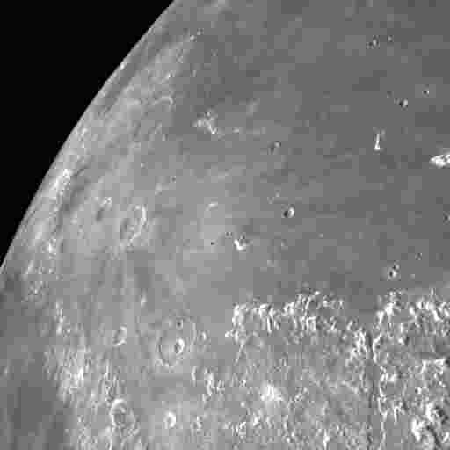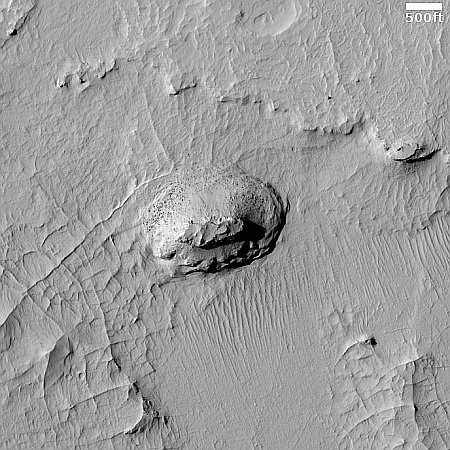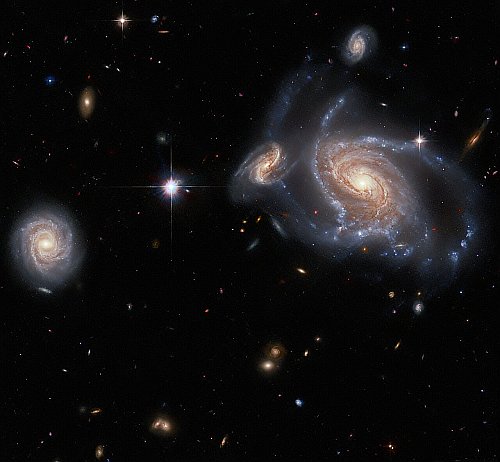Republicans propose another deep state bureaucracy to enforce civil rights laws

Failure theater: In their typically impotent attempt to fight the leftist movement that is imposing a new racial bigotry across America, several Republicans in Congress have proposed a new special government office in Washington that will be specifically assigned the job of preventing racial discrimination at universities.
The College Admissions Accountability Act, introduced by Sen. J.D. Vance (R., Ohio) and Rep. Jim Banks (R., Ind.), would establish a special inspector general within the Education Department—separate from the Office of Civil Rights—to probe potential violations of the colorblind standard set forth in Students for Fair Admissions v. Harvard, which ruled that race-conscious admissions programs violate the 14th Amendment. The bill would also bar schools that flout the decision from receiving any form of federal aid.
…The bill, which appropriates $25 million for the new role and is cosponsored by Sens. Ted Budd (R., N.C.), Mike Braun (R, Ind.), Josh Hawley (R., Mo.), Eric Schmitt (R., Mo.), and Marco Rubio (R., Fla.), does include a sunset clause that would terminate the office after 12 years. Republicans seem to be betting that recalcitrant universities will, after a decade of robust enforcement, throw in the towel and evolve colorblind norms.
These senators and congressmen, along with several conservative think tanks, think naively that this office will the place for anyone of any race to go to get justice should a university receiving federal funds create a program that specifically excludes them solely because of their race. The aim will supposedly be to target specifically the new Diversity-Inclusion-Equity programs at universities and in governments that are imposing this new discrimination against whites, Asians, and Jews.
The foolishness of this plan is hard to measure. » Read more













